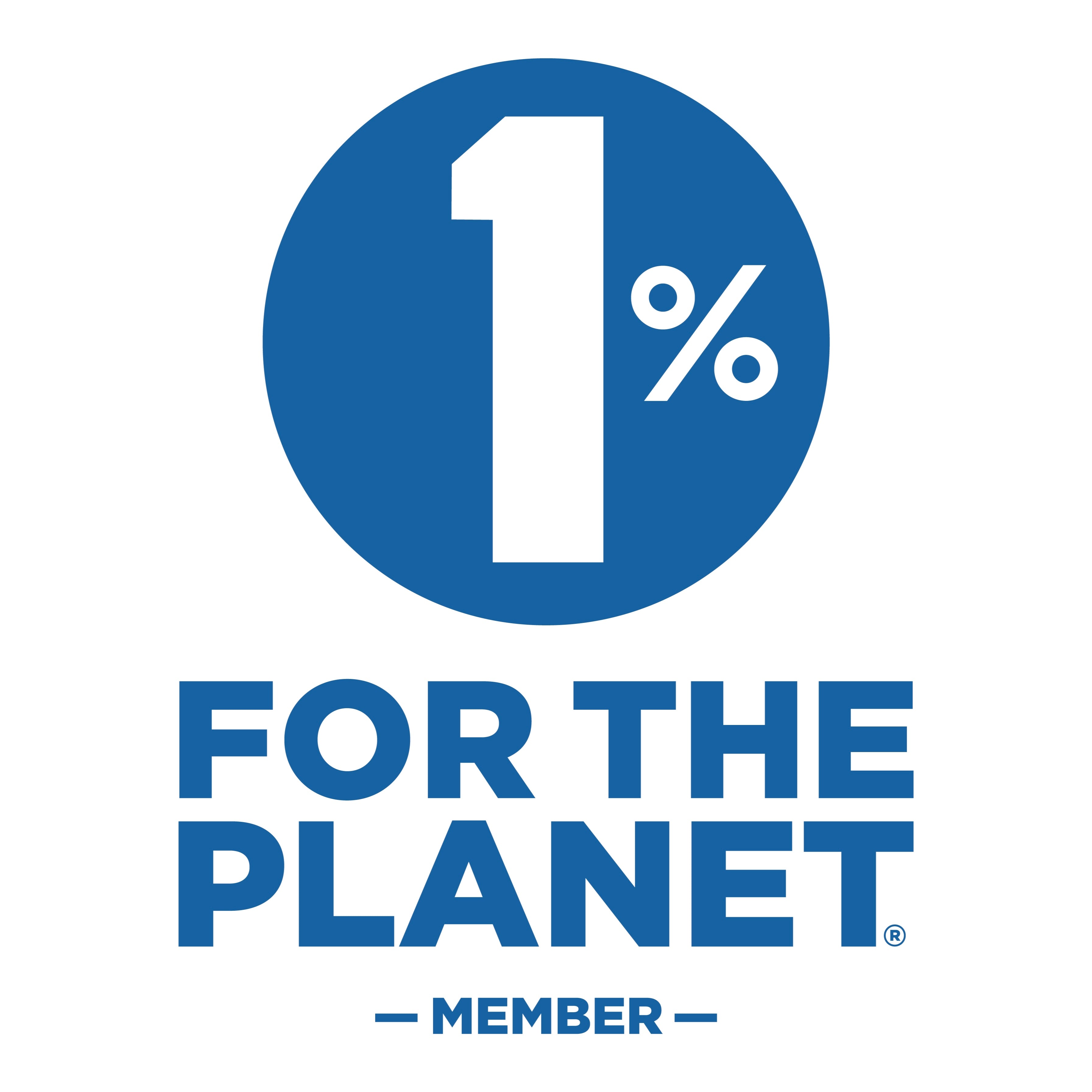This really is an exciting time in the production of fabrics. As the world moves to sustainable, eco-friendly, circular fabric production models, new materials are being discovered and used every day. Our Ateliers Verts list of Top 10 Eco Materials is by no means the whole story. Other fabrics made from materials such as Algae, Apples, Bamboo, Cork, Corn Husks, Flax, Oranges are all important and we will cover those at a later date.
We hope you find our eco fabric research useful...
Bananatex®
What: Stem fibres from the Abaca plant a relative of the Banana native to The Philippines aka Manila Hemp.
Owner: A tri-party collaboration between Qwstion (Switzerland) and a Taiwanese yarn specialist and a Taiwanese weaver.
Process:
- abaca harvest
- stem cutting
- paper making
- yarn spinning
- weaving
- beeswax coating
- product assembly
Econyl®
What: Nylon waste from landfills and oceans around the world is transformed into ECONYL® regenerated nylon. It's exactly the same as brand new nylon and can be recycled, recreated and remoulded again and again.
Owner: Aquafil S.P.A. Italy.
Process:Waste is reborn in a closed loop regeneration process.
Brands using Econyl®:Adidias, Prada, Stella McCartneyHemp
What: Hemp, comes from the Cannabis Sativa plant, needs little or no insecticides, no herbicides, when compared to cotton it produces a better quality fibre when grown organically, while creating three times as much fibre, making it more environmentally friendly. Recent breakthroughs in fabric technology have improved the quality of Hemp cloth dramatically. What was once a rough, unyielding fabric is now super soft and versatile. Thermo-dynamic, superior wicking, up to 5 times stronger than cotton. Hemp fabrics have the look and feel of linen, without the care problems.
Owner: Hemp Farmers in China (70% world production) and France.
Process:
- Harvesting hemp
- retting : fibres separated from the bark and allowed to rett in the field for a few weeks
- Carded into strands
- Steamed into a weavable fibre
- Spun into yarn
- Woven into textiles
Merino Wool
What: Wool from the Merino sheep. It’s a natural fibre that can be made into fabric that is antibacterial, breathable, flexible, insulating, temperature regulating, comfortable and wicks moisture.
Owner: Sheep Farmers mostly in Australia, South Africa, New Zealand and Argentina.
Process:
- Sheep are raised
- sheep are sheered
- wool is cleaned and scoured
- graded & sorted
- carded
- spun-woven and finished
Microsilk™
What: Microsilk™ is the trade name for replicated spiders silk fibres. Real spiders silk has remarkable properties including high tensile strength, elasticity, durability, and softness.
Owner: Bolt Threads USA
Process:
- Develop proteins with similar properties to spider silk by bioengineering genes into yeast
- mass grow the protein through fermentation using yeast, sugar & water
- Isolate & purify the silk protein
- spin it into fibres
- knit the fibres into fabrics & garments
Mylo™
What: Mylo™ is the trade name for mushroom leather aka muskin. It is made from Mycelium which is the branching underground structure of mushrooms. It grows as tiny threads that form vast networks under the forest floor. It can biodegrade and can be produced in days versus years, a process that minimises environmental impact.
Owner: Bolt Threads USA
Process:
- Mycelium cells- grown on agricultural waste and byproducts
- Billions of cells grow and form an interconnected 3D network
- Network compressed
- Tanned & dyed
Organic Cotton
What: Organic cotton comes from the cotton plant which has been grown organically in subtropical countries such as China, India, Turkey and parts of the USA from non-genetically modified plants, and without the use of any synthetic agricultural chemicals such as fertilisers or pesticides. Its production is supposed to protect and enhance biodiversity and biological cycles.
Owner: Farmers
Process:
- organically grown cotton plant
- white fluffy seeds picked
- spun into fibre
- spun into yarn
- woven into fabric
- product is finished and dyed.
Pinatex®
What: The sustainable natural textile made from waste pineapple leaf fibre.
Owner: Ananas Anam company.
Process:
- Pineapple production
- Harvest
- Decorticating to get fibres
- Degumming
- Non-woven mesh
- coating & finishing
- manufacturer
- consumer
Sweetfoam™
What: Sweetfoam™ is a sugarcane bioplastic aka bio-EVA and comes from the sugarcane plant grown in South Brazil with little fertiliser and processed in facilities using renewable energy. It’s claimed to be the world’s first carbon negative EVA* polymer. (*EVA- Ethylene-vinyl acetate- EVA foam is also called polyethylene-vinyl acetate (PEVA) or expanded rubber or foam rubber.)
Owner: Braskem (Brazil) and Allbirds collaboration.
Process:The sugarcane is refined into molasses using a sugar mill. The sugars (glucose) in the molasses are converted into ethanol by using yeast. Special additives are then added to make Sweetfoam.
Brands using Sweetfoam™: Allbirds and Lego is also looking at sugarcane materials.Tencel™
What: "Cellulosic fibres of botanic origin to define a new standard of sustainability and natural comfort for you."
Owner: Tencel™ is a brand name of Lenzing AG and made in Austria.
Process:
- Forest
- Wood
- pulp*
- Fibre-Yarn
- Fabric
- End application.
*e.g. Wood-pulp from eucalyptus or beech trees.
Brands using Tencel™: Allbirds, Levi’s, TenTree.
#MinimiseOurHumanFootprint
©Ateliers Verts Ltd. January 2020
Back to: Ateliers Verts® The Magazine





